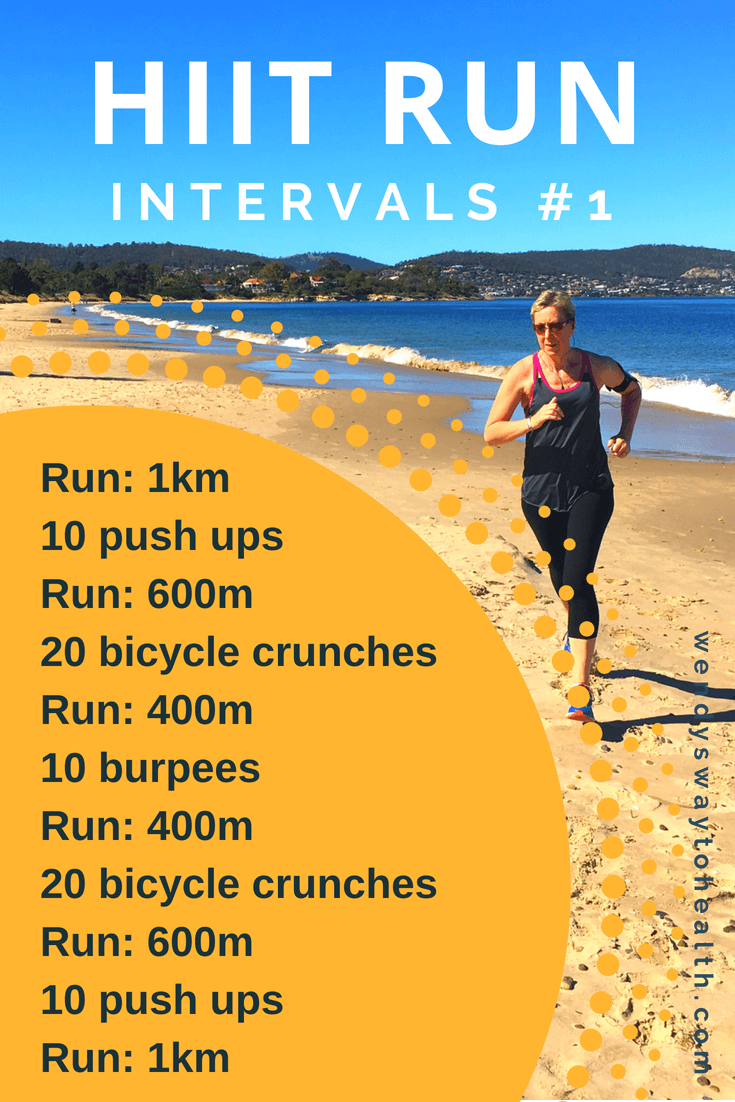Turbocharge Your Runs: Open Your Prospective with Strategic Running Workouts
Turbocharge Your Runs: Open Your Prospective with Strategic Running Workouts
Blog Article
Taking Care Of Usual Running Discomforts: Reasons, Solutions, and Prevention
As joggers, we often come across numerous discomforts that can prevent our efficiency and enjoyment of this exercise. From the incapacitating discomfort of shin splints to the nagging IT band syndrome, these common running pains can be aggravating and demotivating. Comprehending the reasons behind these disorders is critical in efficiently resolving them. By checking out the origin factors for these operating pains, we can discover targeted services and safety nets to make certain a smoother and more fulfilling running experience (browse this site).
Common Running Pain: Shin Splints
Shin splints, a common running pain, frequently result from overuse or inappropriate shoes throughout exercise. This condition, medically called median tibial stress disorder, shows up as discomfort along the internal side of the shinbone (tibia) and is prevalent among professional athletes and joggers. The repeated anxiety on the shinbone and the tissues connecting the muscle mass to the bone results in inflammation and discomfort. Joggers who rapidly raise the strength or duration of their workouts, or those who have level feet or incorrect running methods, are particularly at risk to shin splints.
To protect against shin splints, individuals ought to gradually increase the intensity of their workouts, put on proper shoes with proper arch assistance, and maintain versatility and toughness in the muscles bordering the shin (running workout). In addition, integrating low-impact tasks like swimming or cycling can help maintain cardio physical fitness while allowing the shins to recover.
Common Running Pain: IT Band Disorder
Along with shin splints, an additional prevalent running discomfort that professional athletes usually run into is IT Band Disorder, a condition brought on by inflammation of the iliotibial band that runs along the external thigh and knee. IT Band Disorder generally shows up as discomfort outside of the knee, particularly throughout tasks like running or cycling. The iliotibial band is a thick band of fascia that attaches the hip to the shin, and when it becomes irritated or limited, it can massage versus the upper leg bone, leading to pain and discomfort.
Joggers experiencing IT Band Syndrome may see a painful or aching experience on the external knee, which can intensify with ongoing activity. Variables such as overuse, muscle mass discrepancies, incorrect running kind, or insufficient warm-up can add to the growth of this problem.
Common Running Pain: Plantar Fasciitis

Plantar Fasciitis can be associated to different aspects such as overtraining, incorrect footwear, operating on tough surfaces, or having high arcs or flat feet. To stop and ease Plantar Fasciitis, runners can include stretching exercises for the calves and plantar fascia, use supportive footwear, keep a healthy weight to minimize stress on the feet, and gradually boost running intensity to prevent abrupt anxiety on the plantar fascia. If signs and symptoms continue, it is advised to speak with a health care expert for correct medical diagnosis and treatment choices to address the problem efficiently.
Typical Running Pain: Jogger's Knee
After addressing the difficulties of Plantar Fasciitis, an additional widespread problem that joggers often encounter is Runner's Knee, an usual running pain that can prevent athletic efficiency and create discomfort throughout exercise. Jogger's Knee, likewise called patellofemoral discomfort syndrome, shows up as discomfort around or behind the kneecap. This problem is commonly credited to overuse, muscle mass inequalities, inappropriate running techniques, or troubles with the alignment of the kneecap. Runners experiencing this discomfort may really feel a dull, aching discomfort while running, increasing or down stairs, or after long term periods of resting. To avoid Runner's Knee, it is important to include proper warm-up and cool-down regimens, maintain strong and balanced leg muscular tissues, put on ideal footwear, and progressively increase running strength. If symptoms continue, seeking guidance from a health care expert or a sporting activities medication expert is advised to diagnose the underlying reason and establish a customized treatment strategy to reduce the pain and avoid further problems.
Typical Running Discomfort: Achilles Tendonitis
Typically afflicting joggers, Achilles Tendonitis is an uncomfortable problem that impacts the Achilles ligament, causing More hints pain and potential limitations in physical activity. The Achilles tendon is a thick band of cells that connects the calf bone muscles to the heel bone, critical for activities like running, leaping, and walking - take a look. Achilles Tendonitis commonly develops as a result of overuse, incorrect footwear, inadequate extending, or sudden rises in physical task
Signs of Achilles Tendonitis include pain and rigidity along the ligament, specifically in the morning or after durations of inactivity, swelling that aggravates with activity, and possibly bone spurs in persistent instances. To stop Achilles Tendonitis, it is vital to extend properly in the past and after running, use appropriate shoes with correct support, gradually enhance the intensity of exercise, and cross-train to reduce recurring anxiety on the tendon.
Verdict

Report this page